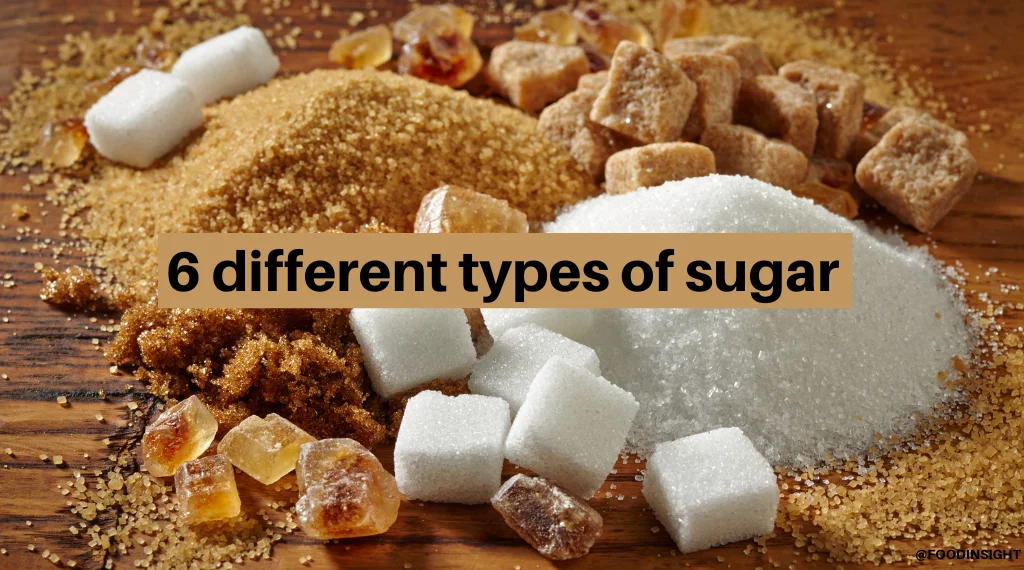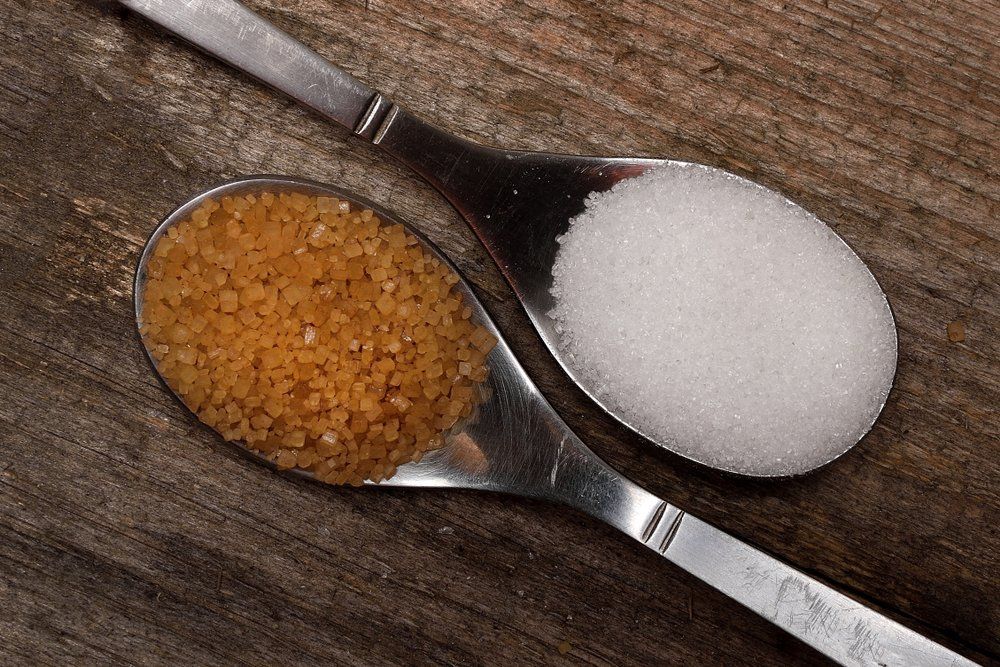A key factor in the beet sugar vs cane sugar debate is how each variety impacts culinary results.
A key factor in the beet sugar vs cane sugar debate is how each variety impacts culinary results.
Blog Article
Discover the Uses and Advantages of Beet Sugar Vs Cane Sugar in Your Daily Diet
Exploring the unique top qualities of beet and cane sugar discloses greater than just their sweetening capabilities; it highlights their special influence on health and cookeries. Beet sugar, known for its refined taste, is typically favored in fragile desserts, whereas cane sugar, with its hint of molasses, adds richness to robust dishes. Each type holds its very own nutritional profile and glycemic effects, welcoming a much deeper understanding of their functions in a balanced diet regimen and sustainable intake practices.
Origin and Production Procedures of Beet and Cane Sugar

The unique environments and soil kinds required for growing sugar beetroots and sugarcane contribute to distinctions in their growing methods and geographic circulation, influencing the economics and sustainability of their manufacturing. beet sugar vs cane sugar.
Nutritional Comparison Between Beet Sugar and Cane Sugar
Despite originating from various plants, beet sugar and cane sugar are nutritionally extremely comparable, both primarily being composed of sucrose. Each gives about 4 calories per gram, translating to roughly 16 calories per tsp. Structurally, both sugars are composed of around 99.95% sucrose, with minimal quantities of various other substances like moisture and trace element, which do not dramatically modify their dietary accounts.

Ultimately, when choosing between beet sugar and cane sugar based upon dietary content alone, both offer the same see this benefits and drawbacks as they are essentially kinds of the very same particle-- sucrose, supplying fast power without other nutrients.
Effect On Health: Glycemic Index and Caloric Content
Checking out even more right into the impacts of beet sugar and cane sugar on wellness, it is crucial to consider their glycemic index Clicking Here and caloric material. The glycemic index (GI) of both beet and cane sugar is around 65, categorizing them as high-GI foods, which can create quick spikes in blood sugar levels.
Each sort of sugar includes about 4 calories per gram, making their calorie material matching. For those monitoring caloric intake, particularly when handling weight or metabolic health conditions, understanding this equivalence is important (beet sugar vs cane sugar). Excessive usage of any kind of high-calorie, high-GI food can contribute to health and wellness concerns such as obesity, heart illness, and insulin resistance.
Environmental and Economic Factors To Consider of Sugar Production
Beyond health and wellness effects, the manufacturing of beet and cane sugar likewise elevates substantial ecological and financial worries. Sugar beet farming tends to require cooler environments and has a reduced geographical impact contrasted to sugar cane, which grows in exotic areas.
In addition, the usage of chemicals and plant foods in both beet and cane sugar growing can result in soil degradation and contamination, more influencing biodiversity and neighborhood water bodies (beet sugar vs cane sugar). The selection in between growing sugar beet or cane commonly depends upon regional ecological problems and economic aspects, making the sustainability of sugar manufacturing a complex problem
Culinary Applications and Flavor Distinctions
While the environmental and economic aspects of sugar production are indeed substantial, the option in official site between beet and cane sugar additionally influences culinary applications and taste accounts. Beet sugar, acquired from the sugar beet plant, is known for its remarkably neutral taste. This makes it a flexible component in baking, where it does not change the flavor of various other elements. It dissolves promptly and is excellent for use in cakes, cookies, and breads.
Walking stick sugar, drawn out from sugarcane, usually preserves molasses traces, which give an unique splendor and depth. This minor molasses taste boosts the intricacy of baked goods, sauces, and marinates. It is specifically preferred in things where a caramel touch is preferred, such as in brownies or gingerbread. The mild variant in moisture content in between beet and cane sugar can affect the structure and uniformity of recipes, making cane sugar a preferred option for certain dishes that profit from its unique residential properties.

Verdict
Finally, both beet and cane sugar have distinct beginnings and manufacturing procedures, offering comparable dietary profiles with small differences in salt web content and flavor. While their impact on health, specifically pertaining to glycemic index and calories, is equivalent, the selection in between them usually steams down to environmental, financial variables, and certain cooking requirements. Comprehending these aspects can lead customers in making informed choices that straighten with their health and wellness goals and taste preferences.
Report this page